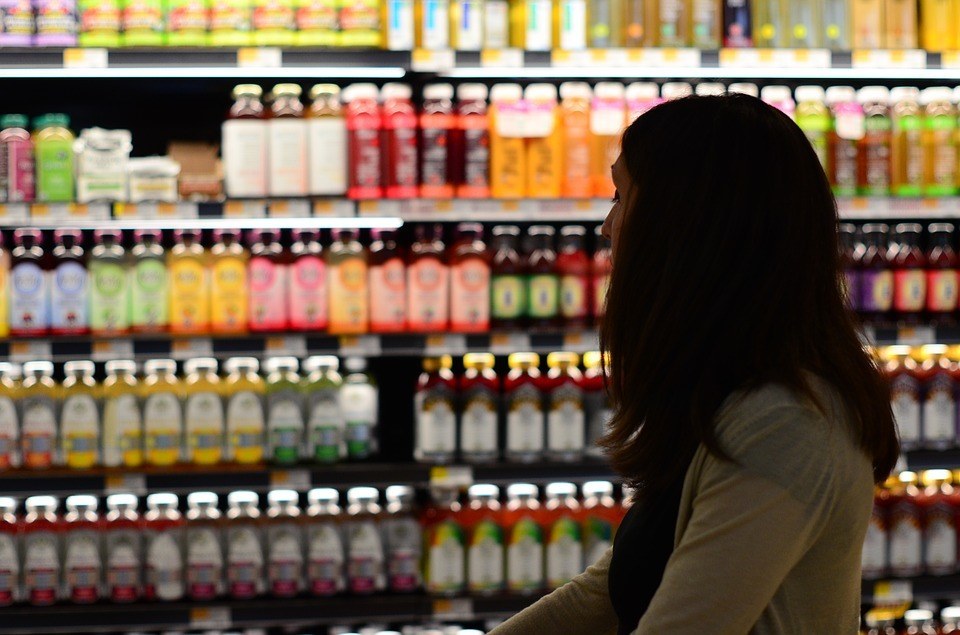Over 2,000 Chemicals Legally Sold in Packaged Foods

128 chemical residues, including 47 carcinogenic substances would be absorbed by a child of ten years in a day – the study of the Future Generations Association points out the dangers of the pesticides, food additives and plastic residues that we absorb daily.
Pesticides
These products sprayed in the fields or put on stored fruits and vegetables are often found on our plates. Washing fruits and vegetables before eating does not guarantee their disappearance – some are resistant to water. A study has shown that washing with hot water is usually more effective than cold water, especially if you rub the vegetable with a cloth after.
Food additives
These are used by agri-food industries to preserve foods or give them a particular texture, taste or color. Additives should be mentioned in the ingredients on the package. By carefully looking at the composition of products, we can avoid E100 (dyes), E200 (preservatives), E300 (anti-oxygen agents) and E400 (texture agents).
Dioxins and PCBs
Dioxins are diffused into the environment in the form of particles and can be found all along the food chain. They are mostly found in water, which explains why the most contaminated food products are packaged fish.
Phthalates and Bisphenol A
To avoid phthalates, plasticizers are widely used for food packaging. We must look at the codification of plastics – plastics that are classified as 3 are to be avoided. For baby bottles and milk powders, you should prefer cardboard packaging and glass bottles. It is better not to heat the trays or plastic cutlery in the microwave.
The sources of chemical hazards in food can be divided into:
- Naturally occurring chemical hazards such as mycotoxins, bacterial toxins, algal poisons, plant toxins and animal toxins
- Chemical hazards caused by environmental pollution, such as heavy metals and organic matter in the environment
- Chemicals that are intentionally added, such as preservatives, nutritional supplements, pigments, etc.
- Chemicals that are not intended to be added, such as chemicals in agriculture, chemicals used in aquaculture, chemical substances used in the process of food production enterprises, etc.
- Chemical hazards from food processing
- Chemical hazards from containers, processing equipment and packaging materials
- Chemical hazards caused by radioactive contamination
